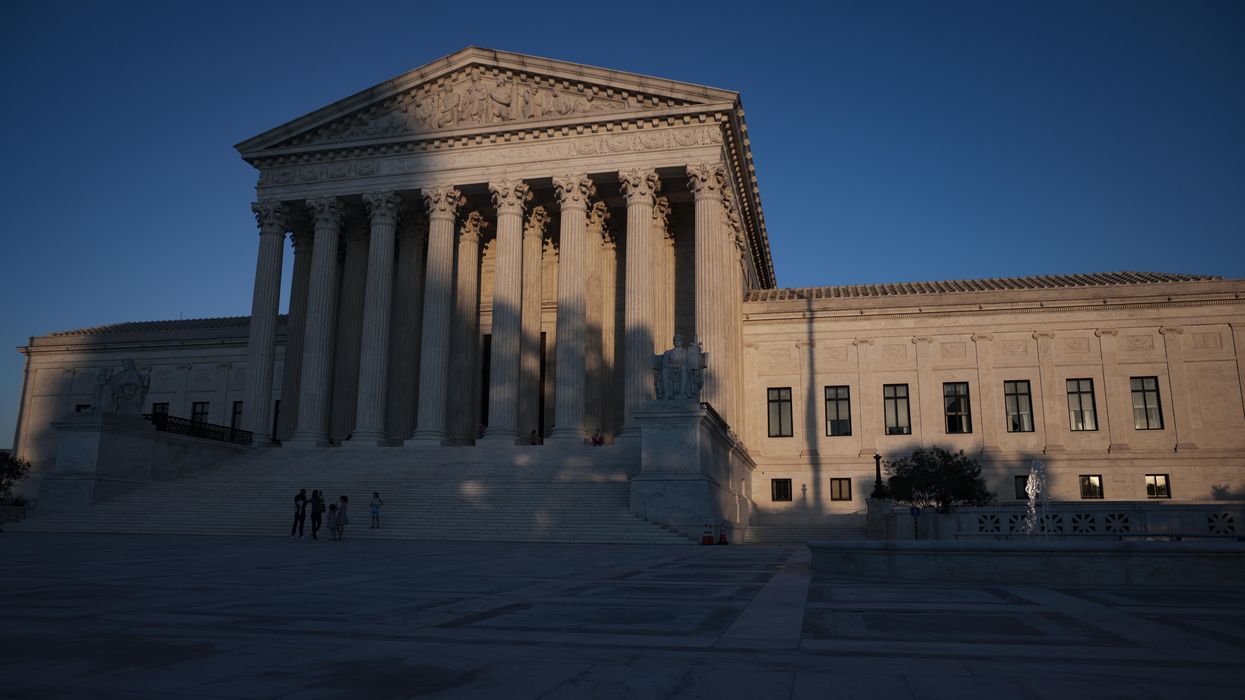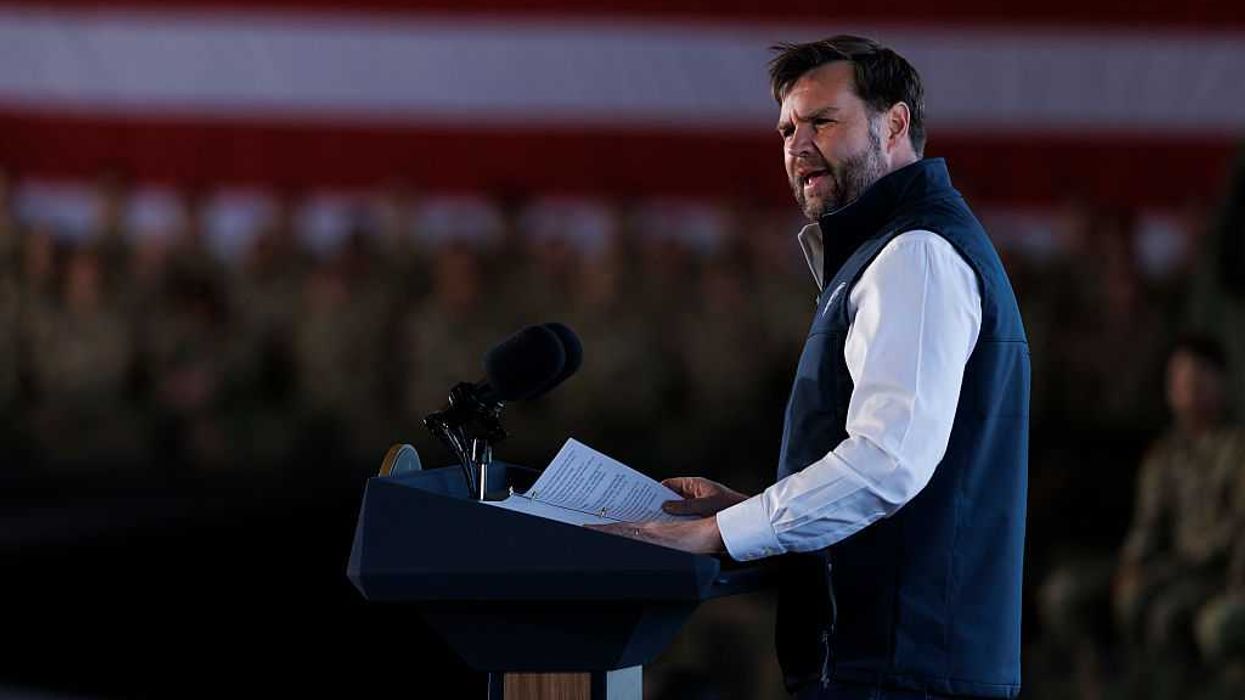Turberville is director of The Constitution Project as the Project on Government Oversight, a nonpartisan group that investigates corruption, misconduct and conflicts of interest in the federal government.
The Supreme Court's reputation has been sullied by deeply contentious confirmation processes and the resulting polarizing rulings by its own justices. One would hope that the commission convened by President Biden would at least acknowledge that this is a problem significant enough to warrant consideration of some transformative reform. But if the commission's first public deliberations Oct. 15 are any indication of the trajectory of this group, it has a ways to go before even agreeing on this fundamental premise.
The president perhaps hobbled the group from the beginning by not giving it a firm mandate to issue recommendations — the commission is instead tasked with "an appraisal of the merits and legality of particular reform proposals."
But if the commission does not coalesce around at least some meaningful suggestions for reform, it could entrench a broken process for decades (or more). As Commissioner Nancy Gertner noted, "the purpose of this commission is to encourage discussion as opposed to stop it." And it's not too late — the commission should make clear in its final report which specific proposed reforms could better protect the court's independence to ensure that it serves as a safeguard against abuse of power, rather than as an instrument to provide legal cover for such abuses.
To be sure, the commission's public proceedings and recent release of draft discussion documents have been a refreshingly thoughtful and civil exercise concerning some of the most difficult and polarizing issues of the day. And the group did not shy away from sussing out the challenges with implementation of particular reforms.
Its materials spend considerable time on figuring out how term limits could be practically implemented. Term limits would address the problem of justices serving for decades—too long for any individual to hold power in a democracy — and bring the court closer to the practices in the vast majority of state supreme courts, which have some sort of limit on a justices' tenure. And as the commission noted, there is bipartisan support for the reform.
But it cannot stop there.
Term limits alone will not resolve the issue at the core of the Supreme Court's politicization: the hyper-partisan process for selecting nominees in the first place. On their own, term limits could simply make conflicts more common, not less likely.
Alexander Hamilton famously called the judiciary the "least dangerous" branch. But the judiciary has been brazenly exploited by the political branches to cement power and advance partisan agendas, particularly over the last several decades. Politicians and special-interest groups — and even the American public — have come to view capturing the court as essential for securing policy victories, and as a means to ensure that their particular policy agendas become entrenched for decades to come.
The commission must therefore focus on shifting the incentives that motivate politicians to engage in partisan warfare over judicial nominees, which has obviously affected the public's perception of the fairness of the institution — and, to many, the actual fairness of its decision-making.
At present, the court's considerable power is concentrated in a small group of people with nearly unlimited discretion, who often serve for decades. As a result, the stakes are high — too high — when a vacancy occurs. This has led to political parties strategizing to appoint a majority of justices who will consistently align with their preferred outcomes.
So we need to diffuse power on the Supreme Court so each individual justice is less influential while they serve. This could take the form of having the court hear cases in smaller, randomly assigned panels like the federal appeals courts do, or even rotating members on and off the Supreme Court, which could also make it harder for partisans to create blocs of justices who routinely vote together.
The use of screening committees to vet and recommend nominees for the Supreme Court could also reduce the likelihood that partisans could stack the court with justices who would be favorable to their views. Such committees are already employed successfully at lower levels in the federal court system and in some states.
These sorts of reforms, combined with term limits, could dramatically alter the stakes of confirmation. With predictable openings, a set term of service, and less power vested in each individual, Supreme Court confirmations would no longer carry the political significance they do now.
As with any proposal, the devil is in the details: The commission seems to think that the creation of term limits or a requirement that the court sit in panels, would raise constitutional concerns. But that should not be taken for a given. There is little dispute that the Congress could, by statute, continue to expand the size of the court. It makes little sense that Congress could not implement reasonable structural reforms — like having the court sit in panels — that could help make decision-making less predictably partisan, but that Congress could, on the other hand, expand the size of the court to 200 or 2,000 people.
And here too, the commission has the chance to advance the debate. The Constitution can be amended for a reason, but ruling out any reform that requires an amendment simply ensures the status quo.
With the Supreme Court's 2021 term fully underway, we are once again reminded just how large the court looms in the political and social life of our nation. We hold our collective breath and wait for the highest court to weigh in on a slate of hot-button issues. This term alone it has decided to take on gun rights, abortion, and state secrets, with many more case selections to come. It may very well render decisions that will fundamentally shape the public and private lives of millions of Americans for worse or for better.
In short, the Supreme Court is supremely powerful. But in our democracy, it shouldn't be. The commission's next draft will come next month and we hope it will seize this opportunity to legitimize some long overdue reforms to an institution that hasn't really changed since the founding of the Republic.


















